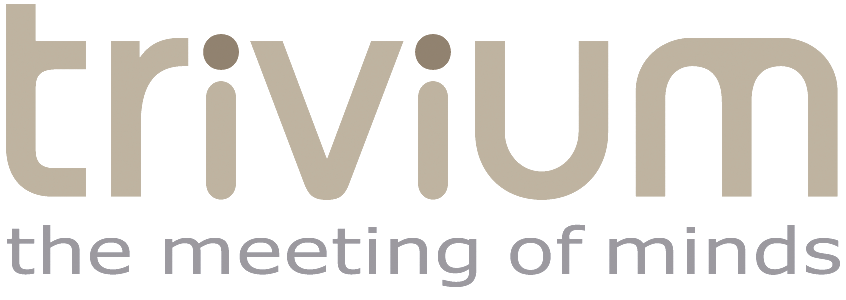The Art of Invisible Facilitation
Although the title sounds extraordinary, I must disappoint you as its not a magic trick that will help you rob banks, but rather a philosophy on the art of facilitation.
As a facilitator, your main task is to help a group achieve its objectives, be it problem-solving, decision-making, or idea generation. Your role is not to showcase your expertise or dictate terms but to guide the process smoothly and ensure that every voice is heard. The focus should be on the participants and their ideas, not on you.
Therefore there is an art to Facilitation—a delicate balance of guiding a group towards a goal without imposing your own ideas or biases, while pushing the group sufficiently (and not beyond).
In recent years, methods like LEGO® SERIOUS PLAY® have reinforced the concept by focusing on the belief that "the answer is in the system." The facilitator's role, then, isn't to provide solutions, or guide them to a specific answer, but to help extract the best answers from the participants. Because there is a firm belief that the answers are anchored in the team.
One key aspect of this approach is the notion of something I like to see as “the invisible facilitator.”
This means Facilitation is not about shining the spotlight on yourself making you the star of the process; it's about enabling a group to reach its full potential.
The role entails much more than designing and administering questions or ensuring that everyone gets their turn to speak. As a facilitator, you are the architect of a safe space where ideas can flourish, conflicts can be resolved, and true insights can emerge, so full commitment can be reached. Being invisible doesn't mean that you literally disappear; rather, it means that your presence should not unduly influence the discussions and decisions happening in the room. Your skills are displayed in how smoothly the conversation flows, how naturally ideas are brought up, and how safely participants express themselves without imposition.
Why the Need for Invisibility?
No Priming: Facilitators should avoid priming the participants to respond in a certain way based on their own beliefs, knowledge, or expectations.
Commitment: When participants feel and know that they are generating ideas and solutions, they are more likely to be invested in the outcome. * Unbiased Outcomes: The focus stays on finding the best solution rather than aligning with the facilitator's viewpoints. This allows diversity of solutions.
Safety of the process: With a “expert” on the room, judgment can also sneak into the process being an obstacle for new and different ideas.
You Cannot Not Be There
In striving for invisibility, facilitators must grapple with an unavoidable reality: the mere act of being present in the room can influence group dynamics.
Factors such as your age, gender, ethnicity, and attire can unconsciously set a tone for the discussion. Since complete invisibility is impossible, how can you minimize this unintentional influence?
Suspend Your Knowledge: It may be counterintuitive, but sometimes having deep knowledge of a subject can be a hindrance in facilitation. Holding back your expertise allows for the emergence of diverse perspectives.
Balance Participation: Be mindful of group dynamics and ensure that no one voice dominates the conversation. Subtly direct the conversation towards quieter participants to encourage inclusive discussions. Avoid favoritism and ensure equal participation from all.
Acknowledge without Leading: If you have to provide feedback, keep it neutral. A simple "thank you for sharing" can go a long way without steering the conversation in any direction.
Neutral Body Language: Maintain a neutral expression and posture to encourage inclusivity. This could be super hard.
Pitfalls to Avoid
Becoming the Expert: the focus should not be on showcasing what you know but on extracting what the group collectively knows.
Interpreting: Avoid reading too much into what participants are saying or doing, as this can inadvertently influence the outcomes and can create a very discomforting feeling.
Undermining the System: In methodologies like LEGO SERIOUS PLAY, the belief is that "the answer is in the system." Don't preempt this by suggesting that the answers are elsewhere and have to be deducted trough fantastic interpretation. This, could also be harmful.
LEGO SERIOUS PLAY revolves around the idea that the system—i.e., the participants and their LEGO models—contains the answers. As participants build their models, they explore complex ideas in a tangible way. Here, the facilitator is not an interpreter of these models. It is then a powerful manifestation of the invisible facilitator philosophy, where the stars are not the facilitators but the participants and their ideas.
Being an invisible facilitator doesn't mean you're unimportant; rather, it's a testament to your skill and humility in knowing that the most effective influence is one that empowers others. In abiding by the principle that "the answer is in the system," you not only respect the collective wisdom of the group but also create a fertile ground for genuine insights to emerge.
The next time you find yourself in the role of a facilitator, remember that the art lies not in being the center of attention, but in being the invisible force that enables others to shine.
Article by Jack Reimon
